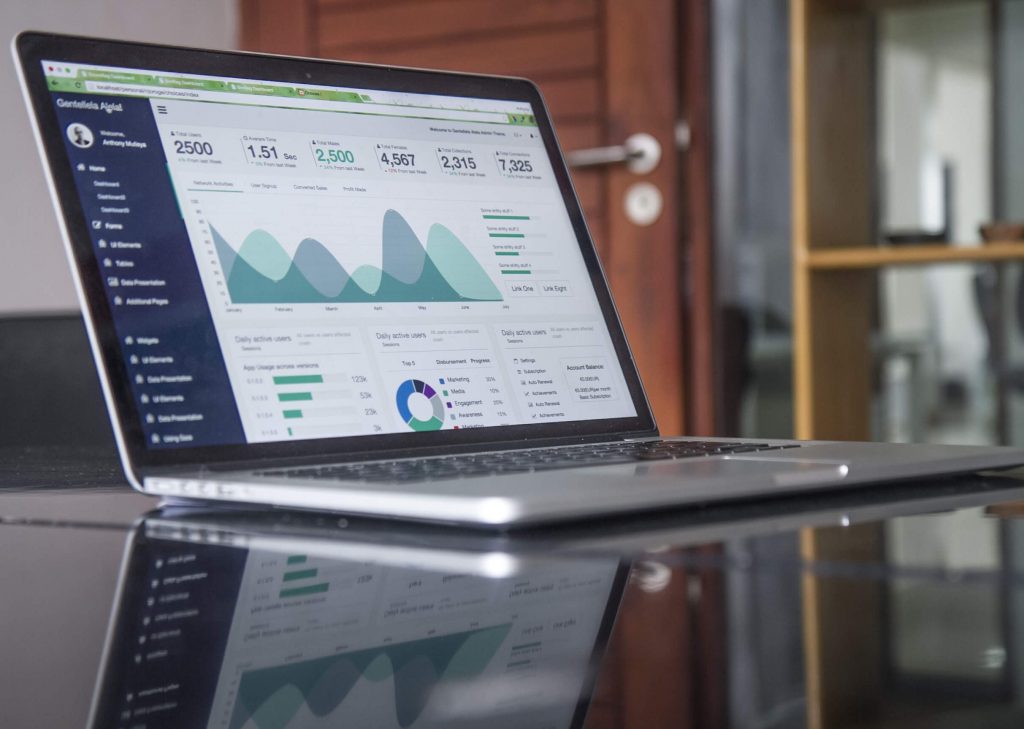
https://unsplash.com/photos/hpjSkU2UYSU
Data has become much more than a byproduct of operating in today’s marketplace—more than the numbers businesses store and use to gauge performance. Data analytics are actually advancing the enterprise, changing altogether how organizations function and make decisions. As companies clamor to improve marketing, revolutionize customer service, optimize their lineups of products and services, reduce inefficiencies and streamline internal processes, they’re depending on data to show them the way.
Here are four ways in which data analytics and business intelligence (BI) are changing the very nature of doing business today.
Ad Hoc Analytics: Asking Questions Now
Businesses face decisions every day. But the latest BI tools have reduced the wait times on reports from days, weeks or months to seconds or minutes. With the ability to ask ad hoc questions on an as-needed basis, people can skip putting in a request to IT for a report, instead taking matters into their own hands.
Download Branding Resources Guide
Building a brand starts by having the right tools and advice. Download our top 10 essential tools and resources to kick-start your branding.

As Forbes cites, the top four BI objectives organizations have today are:
- Making better decisions.
- Improving operational efficiency.
- Growing revenue.
- Increasing competitive advantage.
Achieving any and all of these objectives starts with empowering regular business users to ask questions as they arise, and get instant answers from data—no more waiting for reports to be generated long after the prime moment for the inquiry has passed. Data analytics tools are changing how people use data because what was once siloed into the territory of “data specialists only” is now speedily accessible to all kinds of users. More people getting information faster equals better outcomes—changing how organizations even approach innovation.
Data Analytics Without Hefty Training
Self-service analytics have also given rise to the “citizen analyst,” also known as people without extensive background training in data being able to use data analytics to benefit the company.
One Chief Analytics Officer notes that we’re now seeing “those who know the business” able to apply self-service analytics tools to answer the actual business questions, rather than depending on data experts to do it for them.
So, marketers are free to ask marketing questions. HR specialists can query company data to learn about employee turnover, hiring trends, etc. Administrators can get a big-picture view of operations. Customer service leads can ask questions about customer behavior, track churn and take a closer look at complaints. The people who need information pertaining to their job roles are now the ones querying data, which fuels a cycle of relevant questions and impactful answers.
Automation of Insights Thanks to AI
Why wait for employees to ask questions or for scheduled reports to generate, though? Realistically, we’re only able to ask a fraction of the questions that exist—meaning there are many untapped insights lurking within company data. It’s safe to assume there are plenty of patterns, outliers and relationships your company is currently missing, and that you want to change that.
The rise of artificial intelligence (AI) in advanced analytics means companies and machine-learning algorithms are working together to uncover these insights. Here’s one example of that partnership in action: A user clicks to launch ThoughtSpot’s SpotIQ AI Engine. Then its insight-detection algorithms dive deep into data, returning potentially valuable nuggets of information in natural language. The user then provides feedback about relevancy to fine-tune the system for next time.
The end result? In a couple seconds, this user learned something they’d been missing—Product Category X sales have increased by 30 percent in California this month. Aha! They embed this hot tip as a chart directly into the sales and marketing Slack channels so these teams can come up with a plan to capitalize on this upswing. The company boosts revenue and targets their marketing campaigns better.
Building Data into Company Culture
All these other advancements are changing the very fabric of company culture itself in data-driven organizations. Data is becoming more than a tangential tool for reporting; it’s becoming a way to communicate, to make decisions and to evaluate progress. It’s a mindset companies can only achieve by centering data—and by making analytics highly accessible to all.
Data analytics are advancing the enterprise. Is your company embracing the value of accessible, speedy search- and AI-driven analytics? Or are you still missing out?


